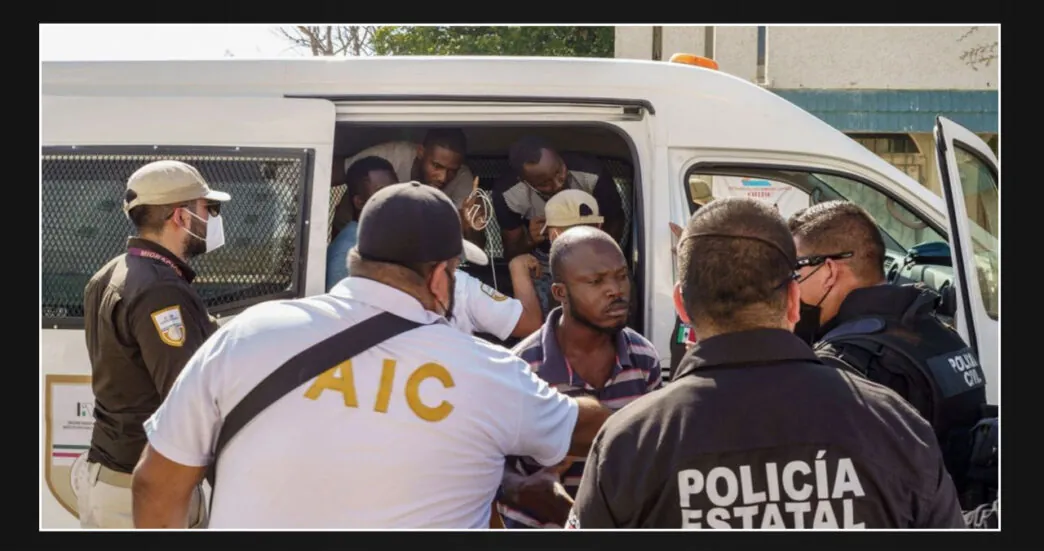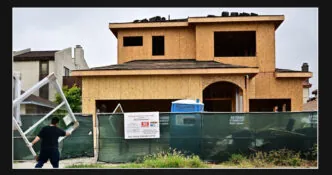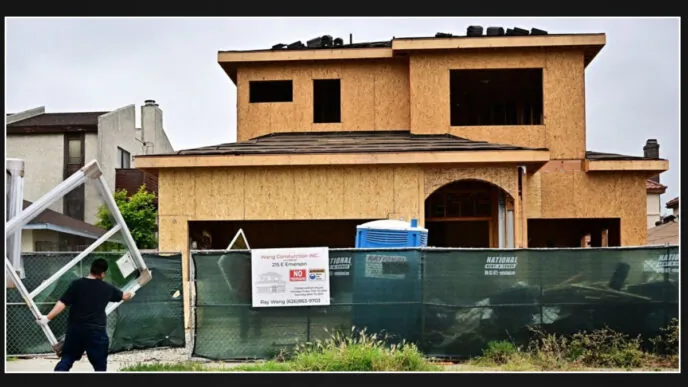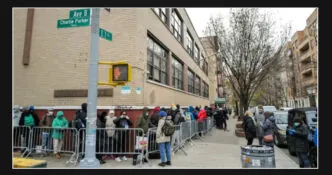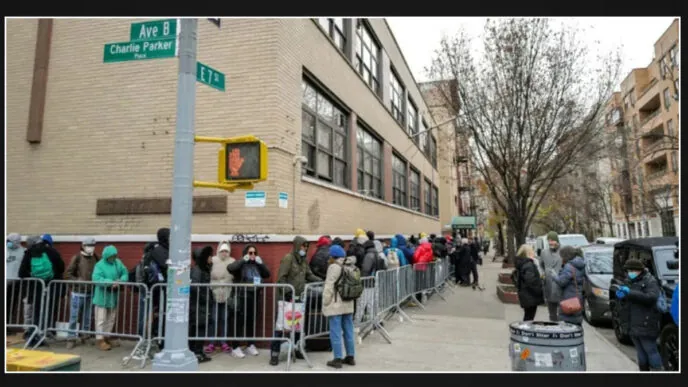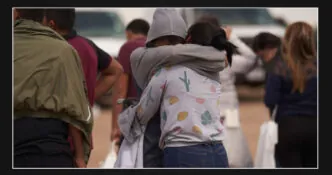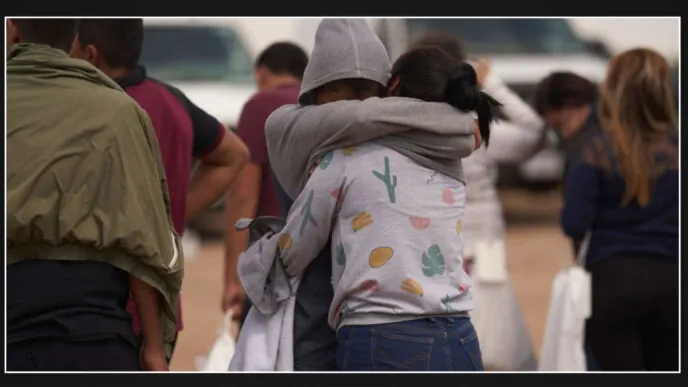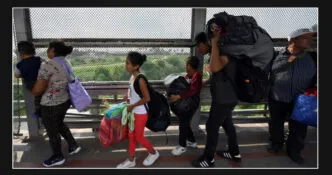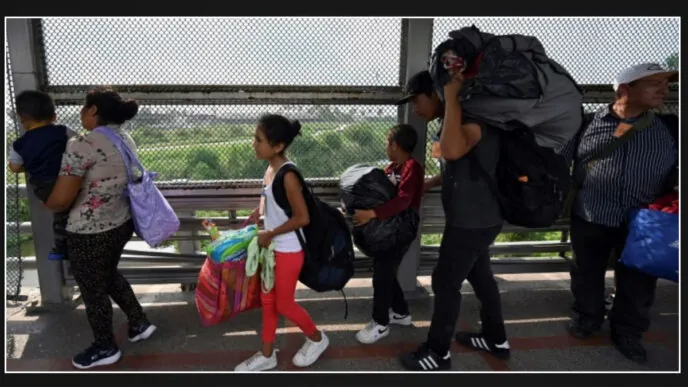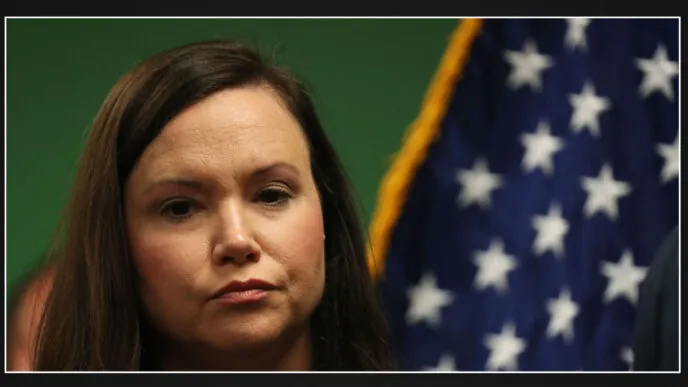Mexico has surpassed the United States in the number of encounters with undocumented migrants, marking a historic moment. This information comes from data provided by the U.S. Customs and Border Protection (CBP), which includes apprehensions by Border Patrol and processing at entry ports through the CBP One app. This significant shift can be attributed to various factors, including changes in U.S. immigration policies and increased enforcement by Mexican authorities.
Mexican Enforcement vs. Operation Lone Star
In a recent television interview, Gov. Greg Abbott highlighted the effectiveness of Operation Lone Star, his multibillion-dollar border initiative. Abbott attributed the recent decrease in undocumented migrants attempting to enter Texas to this initiative. He pointed out that Texas, which shares over two-thirds of the U.S.-Mexico border, has seen a lower number of illegal crossings compared to other states. Abbott confidently stated, “We are making a significant difference in halting the influx of illegal immigration into the state of Texas.”
However, experts who specialize in border issues argue that the situation is not as straightforward as it seems. WOLA, an organization dedicated to advocating for human rights, conducted an analysis of the substantial decrease in the number of migrants arriving in the United States in 2024. In their report, WOLA disputes Abbott’s statements and asserts that there is no data to support his claim that the strict border policies implemented in Texas are solely responsible for the decline. Instead, the report highlights another crucial factor: the intensified efforts by Mexico to crack down on migrants crossing the country.
According to the report, the decline in migration can be attributed to the Mexican government’s intensified efforts to crack down on individuals passing through the country. As a result, a considerable number of migrants are being detained or relocated within Mexico. The pressure from the U.S. to strengthen immigration enforcement has prompted Mexico to take action by apprehending or intercepting more migrants within its own borders, preventing them from reaching the U.S.
CBP One App Processing Times
The decline in migrant crossings can be attributed to the backlog of asylum seekers waiting for interview appointments in Mexico. To manage the flow of asylum seekers into the U.S., the CBP One app serves as the primary tool. This app enables migrants to schedule appointments at ports of entry and has recently expanded its coverage to include locations in Mexico’s southern states. However, despite this expansion, the number of daily appointments processed by CBP remains the same at 1,450. This could potentially worsen the migration bottleneck within Mexico.
According to research conducted by The Strauss Center, approximately 70 percent of these appointments are assigned at random, while the remaining 30 percent are specifically reserved for individuals who have been waiting the longest. As a result of this allocation method, some migrants are compelled to stay in Mexico for extended periods of time.
Moreover, numerous migrants have expressed difficulties in utilizing the app. These challenges include the requirement of owning a cellphone, being literate, and having reliable internet access. Consequently, individuals who do not meet these criteria face significant obstacles in initiating their asylum cases. Currently, CBP only processes a limited number of “walk-ins” per day in specific ports of entry, prioritizing individuals with medical emergencies, as highlighted by The Strauss Center.
Humanitarian Concerns
Securing an appointment through the CBP One app can be a lengthy process, with waiting times of six to nine months at certain ports of entry, even for those who meet the necessary criteria. Unfortunately, this delay only adds to the growing backlog of asylum seekers waiting on the Mexican side of the border. As they wait, they become vulnerable to exploitation by drug cartels and other criminal groups that operate in Mexico’s border states.
Advocacy organizations such as WOLA argue that the most effective solution to address this issue is to increase the number of daily appointments and “walk-ups” available at the border. However, U.S. authorities currently have no plans to implement such measures in the near future.
This Article Includes


